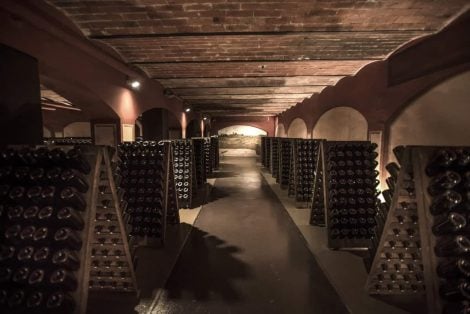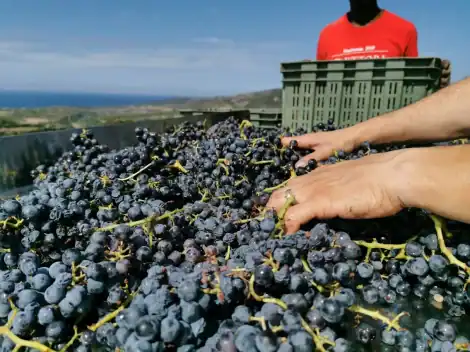by Marina Alaimo
Sometimes the strength of ideas, combined with passion, turns into disruptive and unstoppable energy. That's what happened in Barbagia for Peppeddu Palimodde and Pasqua Salis, who in the sixties began to offer the dishes of Barbagian cuisine in Oliena, under Mount Corrasi, the highest peak of the Supramonte massif.
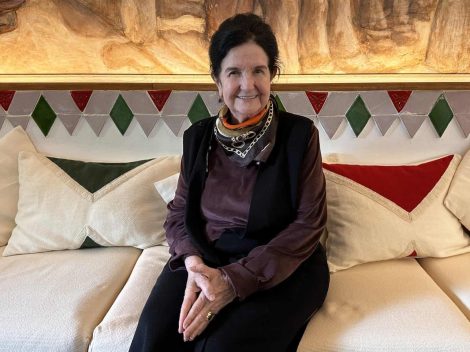
A journey into Barbagia: eating (and living) like centenarians
The wild nature is a strong attraction for hikers and trekking enthusiasts on the mountain complex that extends for 350 kilometers, with its dolomitic limestone nature, rich in watercourses, an impregnable guardian of the ancient knowledge of the shepherds. It then plunges steeply into the sea of the Gulf of Orosei, drawing a wonderful landscape between sea and rock, with unique colors. These are mountain people, accustomed to hard rhythms, to follow the course of nature and the seasons in activities related to agriculture and pastoralism.
Pasqua Salis tells us, "When we started in the sixties, they thought we were crazy because there was nothing here, we had great difficulty in finding what we needed, even the raw materials to cook. But we were driven by the strong desire to make Barbagian cuisine known, the one that has always been prepared in our homes."
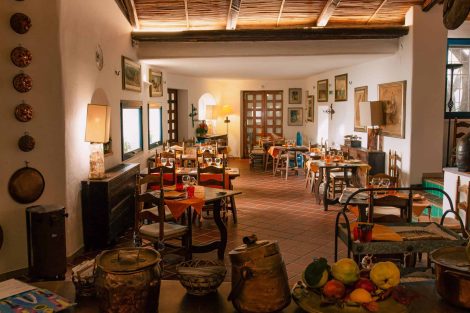
The full awareness of having a very rich heritage of popular culture was the engine that then opened up a world to them. Today Barbagian cuisine is recognized as "the cuisine of centenarians", as there is a significant concentration of centenarians here, and, above all, of over eighty-year-olds who enjoy full physical and mental health.
That small trattoria of Peppinu and Pasqua was successful, initially frequented by Sardinians, then gradually by travelers looking for authentic experiences, until they were convinced that they needed to expand and organize themselves for the hotel. Thus, the project of the Su Gologone hotel takes shape, named after the nearby water source that feeds the Cedrino river.
In the beautiful hotel structure, managed today by their daughter Giovanna Salis, they cultivate the culture of Barbagian cuisine, and of the entire craftsmanship sector revolving around it. In everyday life, you can taste traditional dishes, and, most importantly, Pasqua wanted the women who know it well in the kitchen, capable of preparing it properly. Yes, because there are complex preparations and only in families linked to tradition it is possible to find these skills. Here, authenticity is highly valued, a choice that has become the strength and pride. People come to Su Gologone from all over the world, and in the various environments, many international languages are spoken.
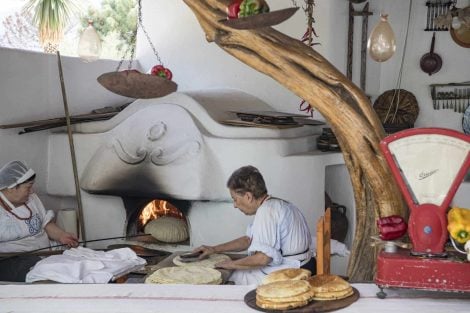
What do you eat at Su Gologone?
The usual things, Pasqua replies with extreme naturalness, with a serene and calm voice, a state of mind that his proud and relaxed gaze constantly reflects. Lots of products from the land, let's start by saying that the sea is far away. So, the vegetable presence is predominant, as well as extra virgin olive oil - we will often meet olive trees along the way, both wild and cultivated.
Let's start with bread, to which Giovanna has dedicated the Nido del Pane space. Sardinia is the land of bread par excellence with more than 90 varieties, a precious treasure of ancient memory. At Nido del Pane, the breads served at the table are prepared live, to be enjoyed also on the terrace where the typical wood-burning oven is placed. Franca and Pietro prepare them, following the ritual step by step with great skill, enchanting those who have the pleasure of watching with those simple gestures.
The preparation of pane carasau, first of all, with durum wheat flour, savored freshly baked in purity, or with extra virgin olive oil and salt, was as exciting as it was satisfying. It accompanies the dishes and the many cheeses: at this time there are favas from Barbagia, delicate and tasty at the same time, almost maniacally sought after by Pasqua.
Frattau (grated) is a very poor dish and of everyday life, a symbol of centenarian cuisine, it tastes like family memories, prepared with wet pane carasau, seasoned with pecorino, tomato sauce, and poached egg - much appreciated by Su Gologone guests despite being absolutely frugal, thanks to the commitment of the Palimodde family.
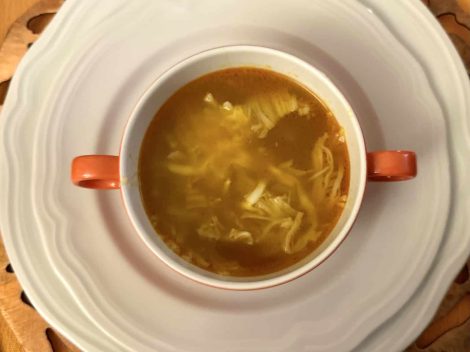
The minestrone that makes you live 100 years
There are so many vegetables and legumes, especially beans and chickpeas seasoned with merca, the cheese made with curdled sheep's milk, the condiment of every dish, what the shepherd could prepare for himself during grazing or transhumance.
It seems that the elixir of long life lies precisely in the famous vegetable minestrone consumed daily, seasoned with lentisk oil and merca, where occasionally you taste some carosco, bread fritters. The Sardinian artichokes prepared in different ways are superb, even in the minestrone, or grilled, or stewed with wild fennel, the latter a frequent and highly appreciated presence. The pistizone is semolina worked like the best-known couscous, without oil, sometimes toasted, to be poured into vegetable soups or meat broth.
Mallooreddus and alizansas
We all know malloreddus well, pasta that the women in the Su Gologone restaurant prepare by hand in the kitchen, it was a Sunday dish, seasoned with pork or other meat guanciale sauce, always finished with a grated pecorino. In the same way, macaroni di busa, busa is the iron for the stocking, always artisanally produced in their own kitchens.
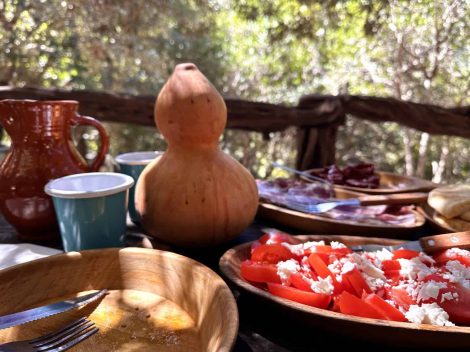
Around the structure, there are woods, and often cardoon mushrooms arrive, or porcini mushrooms, just picked, with which the alizansas, the wide tagliatelle of wholemeal flour, are seasoned.
The miraculous dish: the Filindeu
A very special preparation, now rare, a privilege to find it here, is the filindeu, Pasqua defines it as a miracle, due to the complex and long process, following an ancient technique of drying pasta destined for the day of San Francesco, in Lula, a village in Barbagia. The authentic one seems to be found only at Su Gologone, and the Marungiu family prepares it for them, the only ones to perpetuate this tradition. The filindeo is dried on cork boards and the texture resembles that of a fabric, then immersed in meat broth, once sheep, here beef to make it lighter.
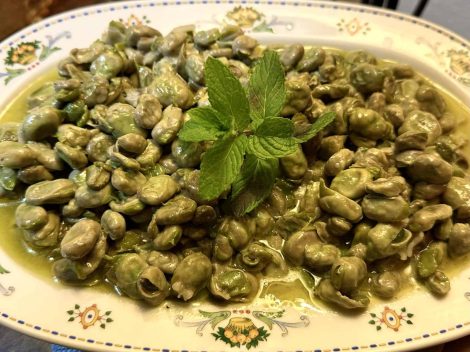
The meats are mainly lamb and kid, rarely present in the centenarians' diet, roasted on the fire of the grill, perpetually lit, or cooked in a pan with laurel and wild fennel. Even fish was eaten occasionally, traditionally on Wednesdays and Fridays, but not from the sea because it is far from Oliena, only freshwater, mostly eel and trout, quickly cooked between two plates placed on top of each other in the wood-burning oven, about 15 minutes, turned only once, seasoned with very little tomato, onion, and garlic. Today, good fish from the Gulf of Orosei arrives.
The sweets
Sweets are a world apart, unique in their kind, particularly refined, we will often find them for breakfast, as well as at the restaurant. The sevada is ancient, remains have been found in nuraghi, the delicious ravioli of semolina pasta, filled with fermented sheep's cheese, then fried and sweetened with asphodel honey. In this period, going around Barbagia, you will find everywhere the expanses of blooming asphodel, an unforgettable spectacle of nature. Also widely used is strawberry tree honey.
The casaline have the elegant shape of a crown, always made of 100% semolina flour, not very sweet, filled with cheese and sweetened with honey. We will also find them in a savory version, filled with ricotta and fennel, or in other flavors, at the Nido del Pane, prepared on the spot.
There is a wonderful variety of almond sweets, from amaretti to royal paste, crispy on the outside and soft on the inside, flavored with orange or lemon, to pastissus, of unique elegance for the decorations, three-layer pastries, white, covered with thin and finely decorated icing, and many others.
Pasqua tells us that goat's milk is another elixir of long life, rich in linoleic acid, which exerts an important anti-inflammatory and anti-tumor action. Omnipresent in the diet of the people of Barbagia, always shepherds, consumed both fresh and for the rich dairy activity. First milk to be consumed by men, it is also more digestible for this reason.
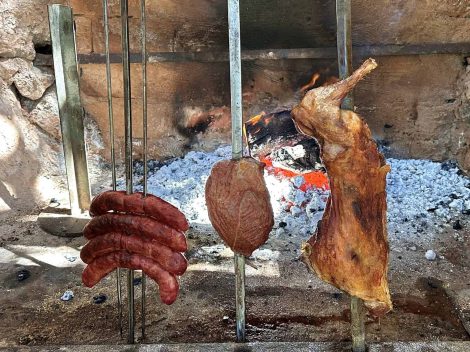
A few steps on the Supramonte
In the centenarians' diet, there is always goat cheese, fresh, more or less seasoned, and pastoralism is a fundamental part of local history and culture. This is why Giovanna chose to include the experience with shepherd Tonino on the Supramonte among the activities of her hotel.
You get there by jeep, up high, there are no roads, but small steep paths. Tonino is among the very few shepherds in all of Sardinia who still live in the refuge on the mountain, together with the goats that find shelter in the natural cave that splits the rocky wall.
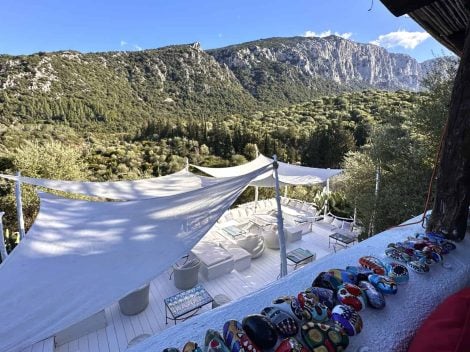
Ancient scenes that keep alive the charm linked to the intimate and silent beauty of uncontaminated nature. The goats go grazing alone, then return at sunset. Tonino prepares for the few admitted guests a series of frugal goodness, but with an unforgettable taste. The grill is lit and there are meats roasting: pork and kid sausages. The cured meats on the large wooden table he carved are very tasty, as are the goat cheeses. He also made the dishes and glasses with his own hands, as well as the carafes carved in gourds, from which he pours the wine, a nepenthe from Oliena, the Cannonau of this territory, subtle and fresh, very pleasant.
The tomatoes seasoned with chopped mint and thyme and gioddu, curdled and fermented goat milk always made by Tonino, as Sardinian shepherds have always done. Pane carasau is not missing, the shepherds take it with them and it keeps well for a long time, and at the end of the meal, it is moistened, filled with fresh cheese melted on the grill, seasoned with honey, and served as dessert.
Few words, Tonino is used to being alone. The beauty of this place stays inside for a long time, it is made of light filtered by the trees, the song of the many birds, the serenity that nature reflects in its free and unchallenged beatitude. In its extreme simplicity, it will be the strongest and deepest memory associated with the journey through the flavors and places of Barbagia. Perhaps also because we know well that scenes like these are about to disappear.

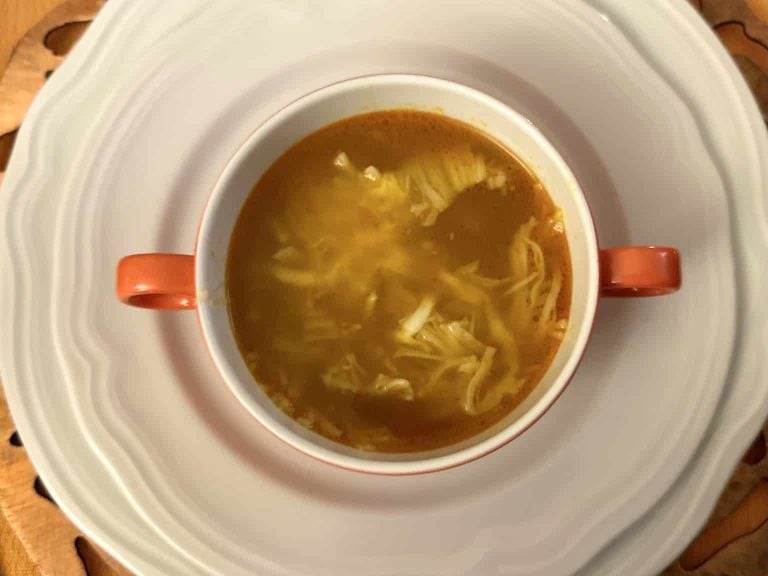
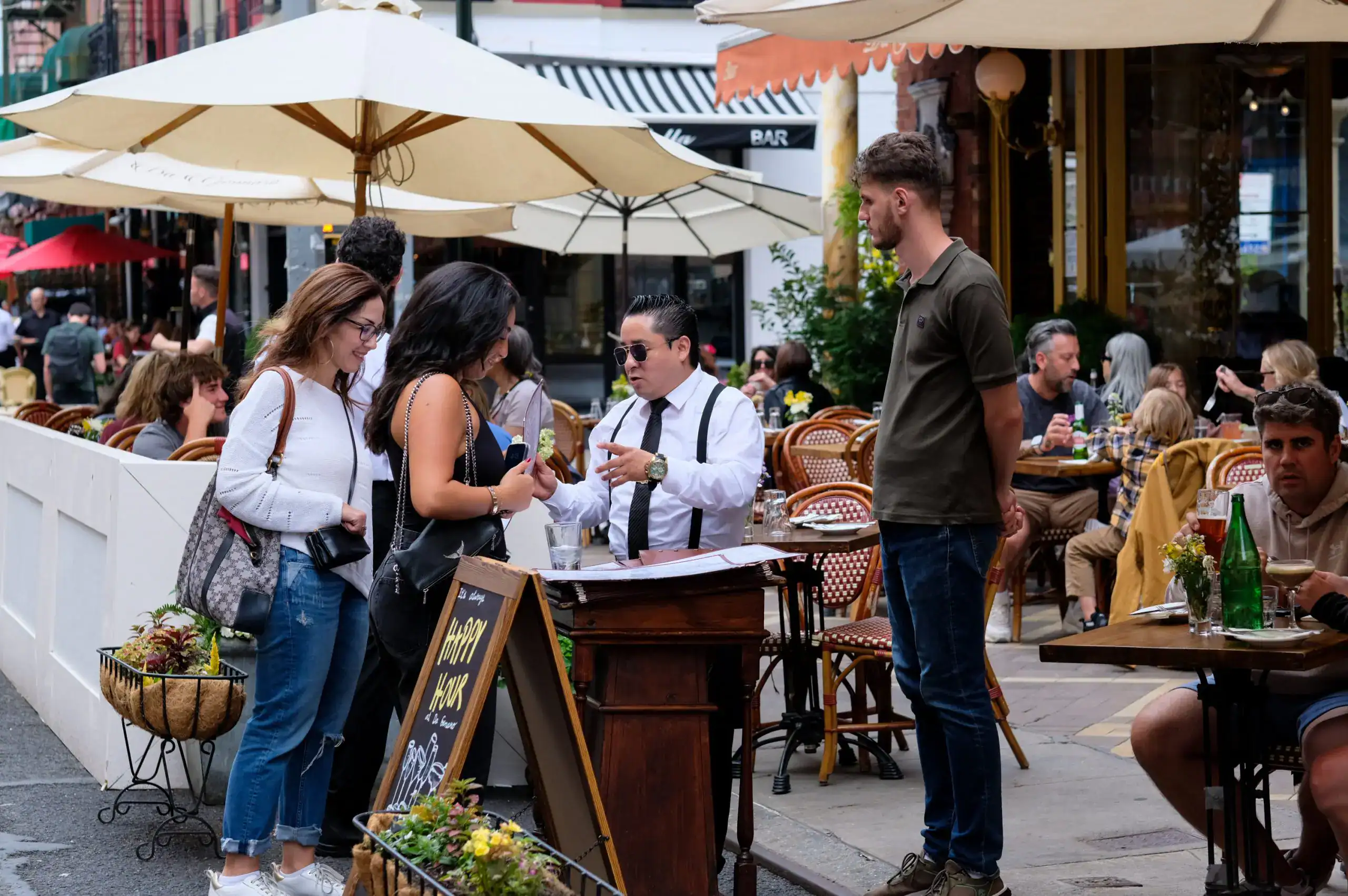 Little Italy in New York is Italian in name only. The disastrous effects of mass tourism
Little Italy in New York is Italian in name only. The disastrous effects of mass tourism "Trump is bullying Europe. With US tariffs at 30%, the consequences will be similar to the methanol crisis." Marco Caprai’s warning
"Trump is bullying Europe. With US tariffs at 30%, the consequences will be similar to the methanol crisis." Marco Caprai’s warning "Trump's tariffs? It's no longer time to be diplomatic. Europe must respond firmly." Matteo Lunelli speaks
"Trump's tariffs? It's no longer time to be diplomatic. Europe must respond firmly." Matteo Lunelli speaks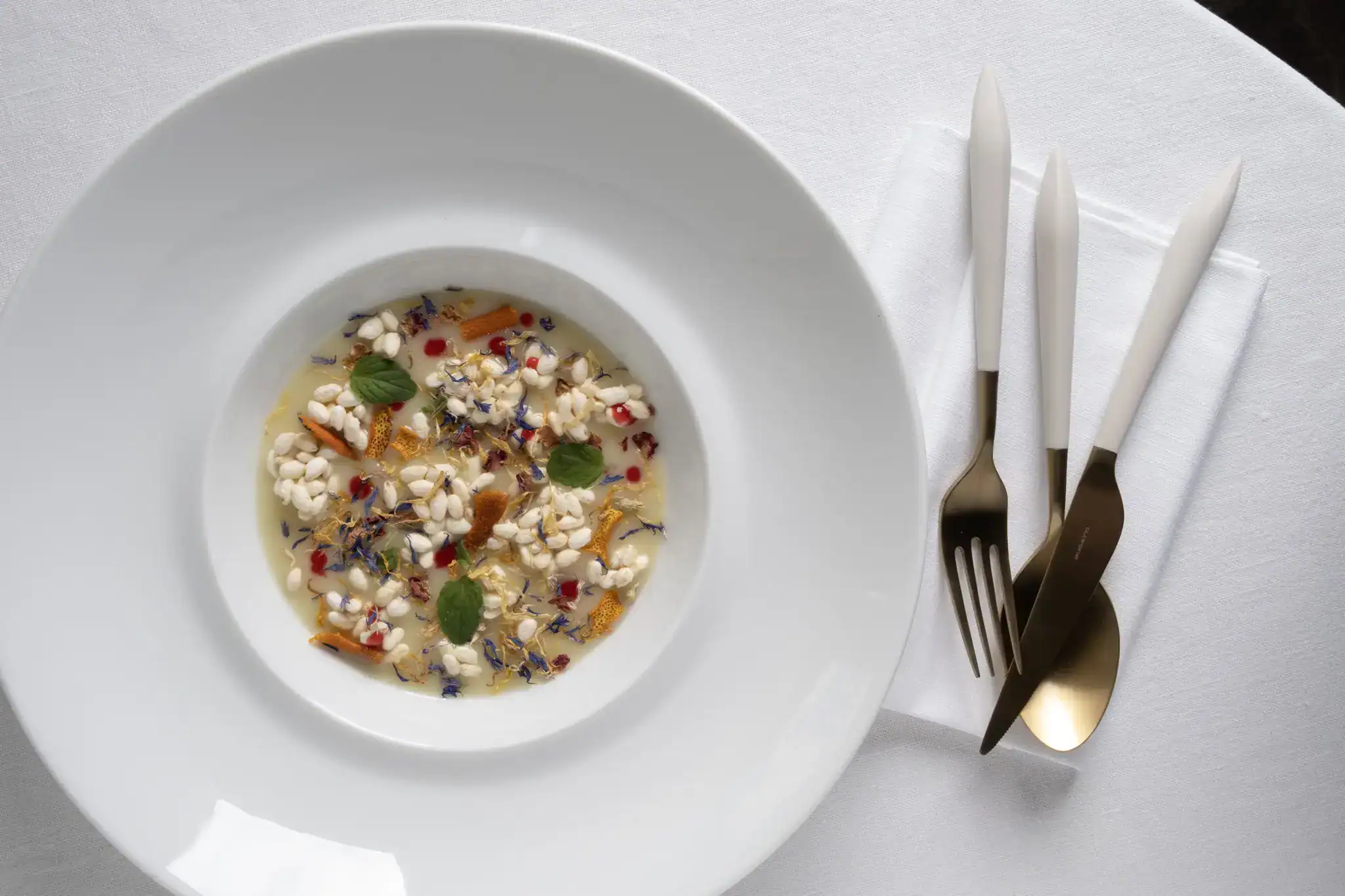 The Michelin star king of Liguria opens a new restaurant: here is Luv by Mauro Ricciardi
The Michelin star king of Liguria opens a new restaurant: here is Luv by Mauro Ricciardi